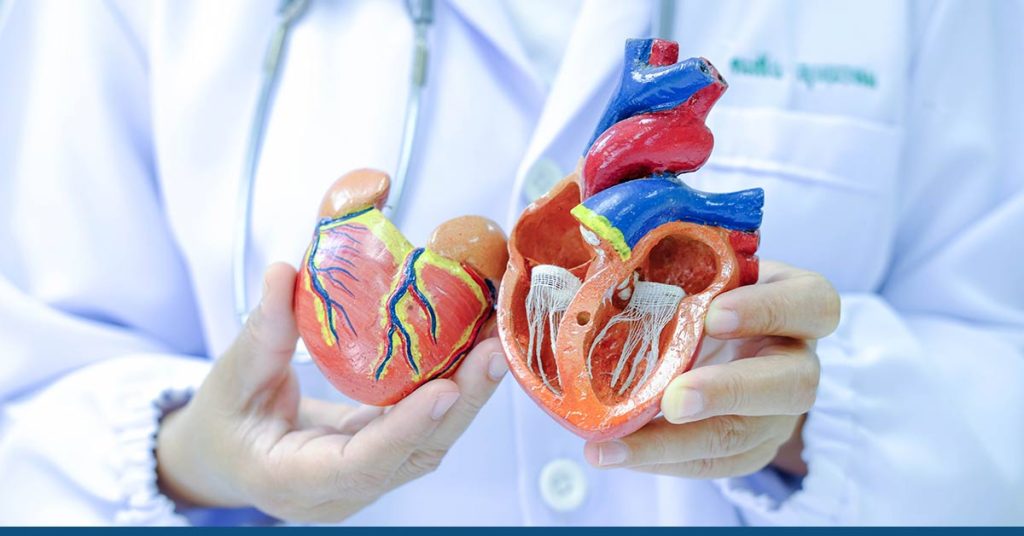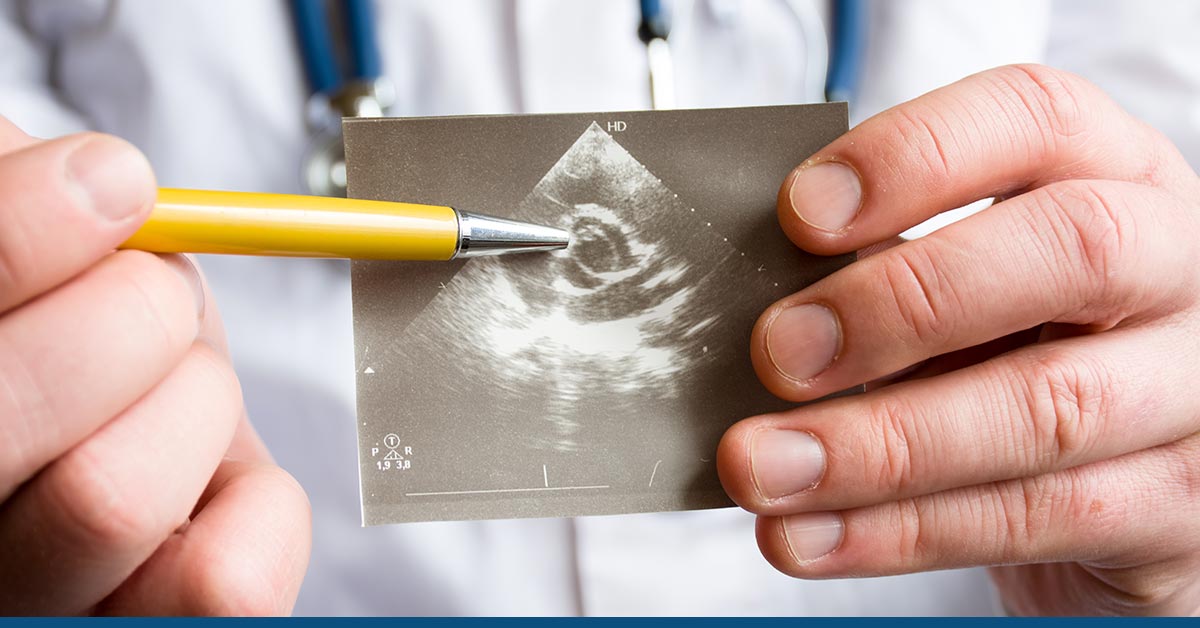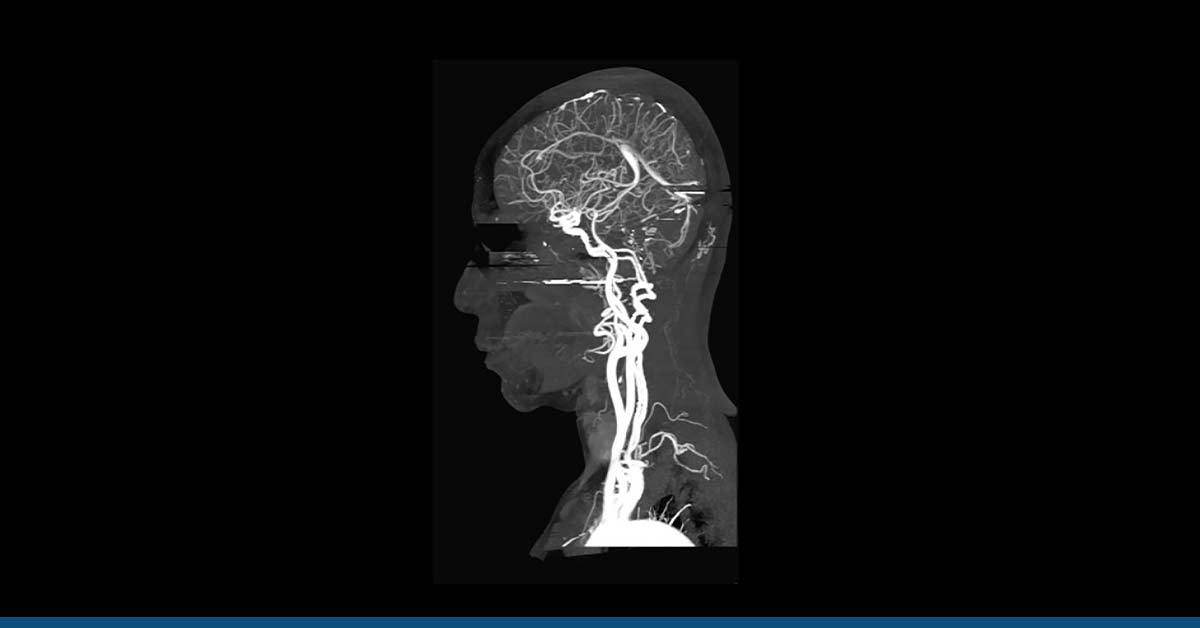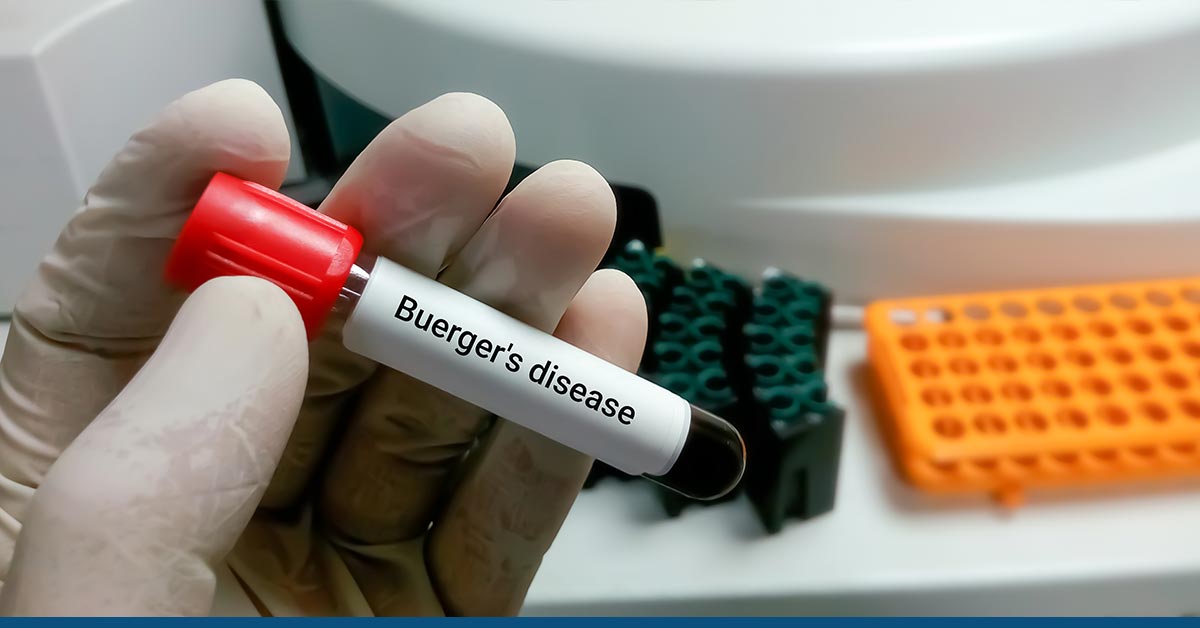Table of Contents
ToggleWhat is Septal Infarct?
Septal infarct is a medical condition that occurs when the blood supply to the septum, the wall separating the heart’s left and right ventricles, is disrupted.
This can cause damage to the heart muscle and impair its ability to function properly. Septal infarct must be promptly diagnosed and treated as a serious condition to avoid complications and enhance results.
For several reasons, understanding the diagnosis, symptoms, and treatment of septal infarction is essential. First, timely diagnosis can help identify the extent of the damage and guide appropriate treatment options.
Second, recognizing the symptoms of septal infarction can help patients seek medical attention and prevent further complications.
Finally, effective treatment can improve the quality of life for patients and reduce the risk of long-term complications, such as heart failure or arrhythmias.
How Serious is A Septal Infarct?
Untreated septal infarction is a serious medical disorder that can have serious consequences. It happens when the septum, the wall between heart ventricles, receives insufficient blood flow.
As a result, the heart’s ability to pump blood may be compromised.
The severity of a septal infarct depends on several factors, including the extent of the damage to the heart muscle, the size of the infarcted area, and the location of the infarction within the septum.
In some cases, septal infarction may cause no noticeable symptoms and may not require treatment. However, in other cases, it can lead to significant complications such as heart failure, arrhythmias, and cardiogenic shock.
Heart failure results when the heart cannot pump enough blood to meet the body’s requirements. This may cause weariness, shortness of breath, and swelling in the ankles and legs.
Arrhythmias are irregular heartbeats that might make you feel lightheaded, have palpitations, and faint. A potentially fatal illness known as cardiogenic shock results when the heart cannot pump enough blood to support the function of vital organs.
How Is Septal Infarct Diagnosed?
Septal infarct is diagnosed using a combination of medical history, physical examination, and diagnostic tests. The diagnostic process typically involves the following steps:
Medical history:
Your healthcare professional will question you regarding your signs and symptoms, past health conditions, and any heart disease risk factors, such as smoking or high blood pressure.
Physical examination:
Your doctor will examine you physically to check for any indications of heart disease, such as irregular heartbeats or fluid in the lungs.
Electrocardiogram (ECG):
An ECG is a non-invasive test that records the electrical activity of your heart. It can detect changes in the heart’s electrical patterns indicative of septal infarct.
Blood tests:
Blood tests can help identify markers of heart damage, such as troponin levels. Elevated levels of troponin may indicate that the heart has been damaged.
Imaging tests:
An echocardiogram, CT scan, or magnetic resonance imaging (MRI) are imaging procedures that can be used to see the heart and pinpoint damaged regions.
Further testing could be required to determine the extent of the damage and inform treatment choices if a septal infarct is suspected based on the findings of these tests. They could include invasive procedures like coronary artery bypass graft (CABG) surgery or percutaneous coronary intervention, stress testing, angiography, or angioplasty (PCI).
What Are the Symptoms of Septal Infarct?
The symptoms of a septal infarct, sometimes called a septal myocardial infarction, can range in severity. The following are examples of septal infarction symptoms:
Chest pain:
The most common symptom of the septal infarct is chest pain or discomfort, which may feel like pressure, squeezing, or burning. The pain can be mild/severe and occur at rest or during physical activity.
Shortness of breath:
Septal infarct can cause shortness of breath, especially during physical activity or exertion. A feeling of tightness in the chest may accompany this.
Fatigue:
Septal infarct can cause fatigue or weakness, which may be persistent or come and go.
Nausea and vomiting:
Some people with septal infarction may experience nausea, vomiting, or indigestion.
Dizziness or lightheadedness:
Septal infarct can cause dizziness or lightheadedness, especially when standing up quickly or exerting oneself.
Sweating:
Some people with septal infarct may experience sweating, which may be profuse or mild.
Arrhythmias:
Septal infarct can cause abnormal heart rhythms, such as atrial fibrillation or ventricular tachycardia, which can cause palpitations or a rapid heartbeat.
What Is the Treatment for A Septal Infarct?
The treatment of septal infarction depends on the severity of the condition and the extent of heart damage. Treatment goals are to relieve symptoms, prevent complications, and improve long-term outcomes. Treatment options for septal infarct may include:
Medications:
Medications such as aspirin, nitroglycerin, beta-blockers, angiotensin-converting enzyme (ACE) inhibitors, and statins may relieve symptoms, reduce the risk of complications, and prevent further heart damage.
Revascularization procedures:
In some cases, revascularization procedures such as percutaneous coronary intervention (PCI) or coronary artery bypass graft (CABG) surgery may be necessary to restore blood flow to the heart and prevent further damage.
Lifestyle changes:
A good diet, regular exercise, stopping smoking, and stress management all assist in enhancing heart health and lowering the chance of problems.
Cardiac rehabilitation:
Cardiac rehab programs are recommended to help people with septal infarct recover from their condition and improve their long-term outcomes. These programs typically include exercise training, education about heart-healthy living, and counseling and support.
Implantable devices:
In some cases, implantable devices such as pacemakers or cardioverter defibrillators (ICDs) may be necessary to manage arrhythmias and prevent sudden cardiac death.
Preventive Steps for Septal Infarct
Preventive steps can help reduce the risk of septal infarction and other heart-related conditions. Following are some steps you can take to prevent septal infarct:
Maintain a healthy lifestyle:
The risk of septal infarction can be lowered by leading a healthy lifestyle. This includes following a nutritious diet, working out frequently, staying healthy, and quitting smoking.
Manage underlying conditions:
Work with your healthcare practitioner to properly manage underlying illnesses like high blood pressure, diabetes, or high cholesterol if you have any of these. Changes in behavior, medicine, or a mix of the two may be necessary.
Know your family history:
A septal infarction and other heart-related disorders are more likely to develop in you if your family has a history of the disease. Ask your healthcare practitioner what you may do to lower your risk if your family has a history of heart disease.
Get regular check-ups:
Regular check-ups with your healthcare provider can help detect and manage any underlying conditions that may increase your risk of septal infarction. Following your healthcare provider’s recommendations for screening tests and check-ups is important.
Manage stress:
Stress can increase the risk of septal infarction and other heart-related conditions. Finding healthy ways to manage stress, such as meditation, exercise, or counseling, can help reduce your risk.
Avoid or limit alcohol consumption:
The risk of septal infarction and other heart-related diseases can rise with heavy alcohol use. If you decide to consume alcohol, do so sparingly.
Conclusion
In conclusion, understanding the diagnosis, symptoms, and treatment of septal infarction is crucial for maintaining good heart health. Taking preventive steps and seeking medical attention when needed can reduce your risk of this serious heart condition.
If you have concerns about your heart health, HG Analytics offers diagnostic tests for heart diseases.





